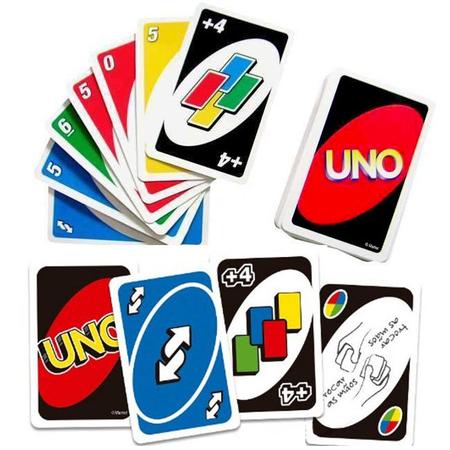J. Imaging, Free Full-Text
Por um escritor misterioso
Descrição
Identifying the configuration of chess pieces from an image of a chessboard is a problem in computer vision that has not yet been solved accurately. However, it is important for helping amateur chess players improve their games by facilitating automatic computer analysis without the overhead of manually entering the pieces. Current approaches are limited by the lack of large datasets and are not designed to adapt to unseen chess sets. This paper puts forth a new dataset synthesised from a 3D model that is an order of magnitude larger than existing ones. Trained on this dataset, a novel end-to-end chess recognition system is presented that combines traditional computer vision techniques with deep learning. It localises the chessboard using a RANSAC-based algorithm that computes a projective transformation of the board onto a regular grid. Using two convolutional neural networks, it then predicts an occupancy mask for the squares in the warped image and finally classifies the pieces. The described system achieves an error rate of 0.23% per square on the test set, 28 times better than the current state of the art. Further, a few-shot transfer learning approach is developed that is able to adapt the inference system to a previously unseen chess set using just two photos of the starting position, obtaining a per-square accuracy of 99.83% on images of that new chess set. The code, dataset, and trained models are made available online.

JTurkGerGynecolAssoc on X: Transvaginal ultrasound evaluation of

Dictionary Page Design Royalty-Free Images, Stock Photos

Progress on validity: the glass half full, the work half done

The surgical management and outcomes of dialysis access-associated

Mcyt Signature Database - Colaboratory

Total-Body Positron Emission Tomography: Adding New Perspectives

Pay to download Elsevier's “open access” articles

Fiji - Gold Text on Black Background - 3D Rendered Royalty Free

Olaparib for Metastatic Castration-Resistant Prostate Cancer

An alternative method for quantifying coronary artery
de
por adulto (o preço varia de acordo com o tamanho do grupo)







